Further reading
On our trip we've encountered many details of the Milky Way and the bodies that make it up. Inevitably in a tour like ours, we can't spend too long on any particular feature. Here are some options to read more about specific aspects of our remarkable galaxy.
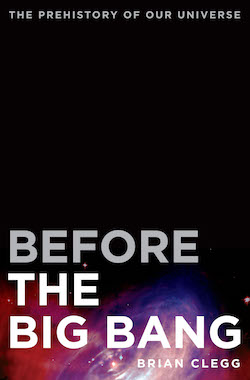
Big Bang
Before the Big Bang - Brian Clegg
In 2008, the British Association for the Advancement of Science undertook a major survey to see which science questions the general public would most like answered. By far the most popular question was ‘What came before the Big Bang?’
Since astrophysicist Fred Hoyle coined “Big Bang” for a theory that he despised, it has become everyday usage. Although few of us really understand what the Big Bang was, it is now accepted wisdom that this was how the universe began. But the idea of Big Bang doesn’t so much answer questions as raise new ones. If the universe as we know it originated in the Big Bang, what came before? And the Big Bang is not set in stone. It’s just the current favourite of a number of theories that explain the origins of the universe, some of which allow for a eternal cosmos, or one that is infinite in scope, or that exists, Matrix-style, on a computer.
At one time a taboo subject, science is now prepared to look back past the beginning – to answer the ultimate question of life, the universe and everything with something more satisfying than Douglas Adams’ cryptic 42. It’s an incredible journey through mind-bending theories, into the deepest past.
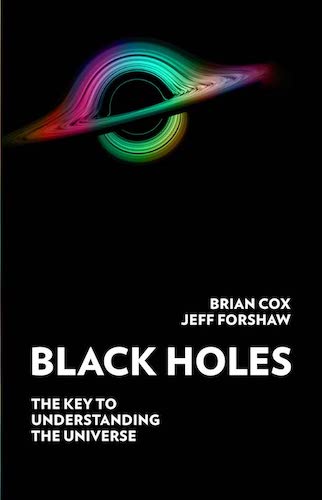
Black Holes
Black Holes - Brian Cox & Jeff Forshaw
At the heart of the Milky Way lies a supermassive black hole 4 million times more massive than our Sun. A place where space and time are so warped that light is trapped if it ventures within 12 million km. According to Einstein, inside lies the end of time. According to 21st-century physics, the reality may be far more bizarre.
Black holes lie where the most massive stars used to shine and at the edge of our current understanding. They are naturally occurring objects, the inevitable creations of gravity when too much matter collapses into not enough space. And yet, although the laws of nature predict them, they fail fully to describe them.
Black holes are places in space and time where the laws of gravity, quantum physics and thermodynamics collide. Originally thought to be so intellectually troubling that they simply could not exist, it is only in the past few years that we have begun to glimpse a new synthesis; a deep connection between gravity and quantum information theory that describes a holographic universe in which space and time emerge from a network of quantum bits, and wormholes span the void.
In this groundbreaking book, Professor Brian Cox and Professor Jeff Forshaw take you to the edge of our understanding of black holes; a scientific journey to the research frontier spanning a century of physics, from Einstein to Hawking and beyond, that ends with the startling conclusion that our world may operate like a giant quantum computer.
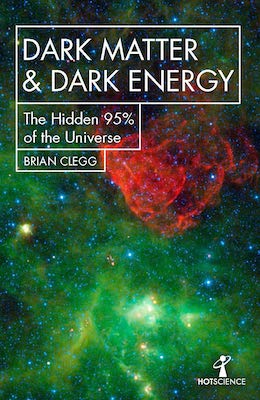
Dark Matter and Dark Energy
Dark Matter & Dark Energy - Brian Clegg
All the matter and light we can see in the universe makes up a trivial 5 per cent of everything. The rest is hidden. This could be the biggest puzzle that science has ever faced.
Since the 1970s, astronomers have been aware that galaxies have far too little matter in them to account for the way they spin around: they should fly apart, but something concealed holds them together. That ’something’ is dark matter – invisible material in five times the quantity of the familiar stuff of stars and planets.
By the 1990s we also knew that the expansion of the universe was accelerating. Something, named dark energy, is pushing it to expand faster and faster. Across the universe, this requires enough energy that the equivalent mass would be nearly fourteen times greater than all the visible material in existence.
Brian Clegg explains this major conundrum in modern science and looks at how scientists are beginning to find solutions to it.
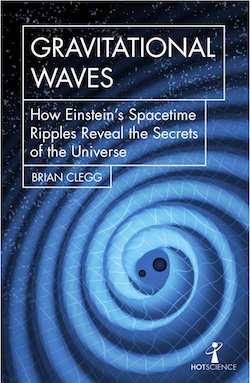
Gravitational Waves
Gravitational Waves - Brian Clegg
In 2015, after 50 years of searching, gravitational waves were detected for the first time and astronomy changed forever. In 2017, the project's leading scientists were awarded the Nobel Prize in Physics.
Astronomy has always depended on electromagnetic radiation: visible light, radio, X-rays and the rest. But gravitational waves - ripples in the fabric go space time predicted by Einstein's general theory of relativity - can pass through barriers that stop light dead.
At the two LIGO observatories in the US, scientists developed incredibly sensitive detectors, capable of spotting a movement 100 times smaller than the nucleus of an atom. They recorded the ripples produced by two black holes spiralling into each other, setting spacetime quivering.
This was the first time black holes had ever been directly detected - but it promises far more for the future of astronomy. One day, we may be able to look back to the first seconds of the universe itself.
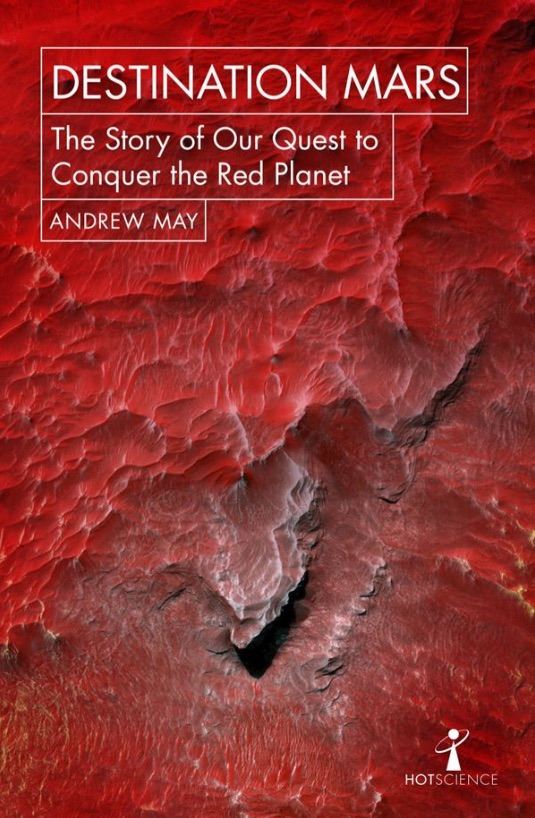
Mars
Destination Mars - Andrew May
What's it really like on Mars, and why should anyone want to go there? How do you get there and what are the risks? Astrophysicist and science writer Andrew May answers these questions and more, as he traces the history of our fascination with the Red Planet.
When the Apollo astronauts walked on the Moon in 1969, many people imagined Mars would be next. However NASA's Viking 1, which landed in 1976, was just a robot. The much-anticipated crewed mission failed to materialise, defeated by a combination of technological and political challenges.
Four decades after Viking and almost half a century after Apollo technology has improved beyond recognition as has politics. As private ventures like SpaceX seize centre stage from NASA, Mars has undergone a seismic shift it s become the prime destination for future human expansion and colonisation.
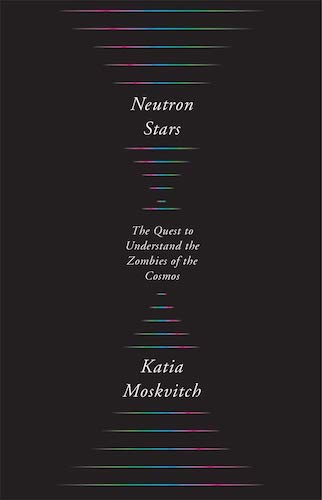
Neutron Stars
Neutron Stars - Katia Moskvitch
The astonishing science of neutron stars and the stories of the scientists who study them.
Neutron stars are as bewildering as they are elusive. The remnants of exploded stellar giants, they are tiny, merely twenty kilometers across, and incredibly dense. One teaspoon of a neutron star would weigh several million tons. They can spin up to a thousand times per second, they possess the strongest magnetic fields known in nature, and they may be the source of the most powerful explosions in the universe. Through vivid storytelling and on-site reporting from observatories all over the world, Neutron Stars offers an engaging account of these still-mysterious objects.
Award-winning science journalist Katia Moskvitch takes readers from the vast Atacama Desert to the arid plains of South Africa to visit the magnificent radio telescopes and brilliant scientists responsible for our knowledge of neutron stars. She recounts the exhilarating discoveries, frustrating disappointments, and heated controversies of the past several decades and explains cutting-edge research into such phenomena as colliding neutron stars and fast radio bursts: extremely powerful but ultra-short flashes in space that scientists are still struggling to understand. She also shows how neutron stars have advanced our broader understanding of the universe―shedding light on topics such as dark matter, black holes, general relativity, and the origins of heavy elements like gold and platinum―and how we might one day use these cosmic beacons to guide interstellar travel.
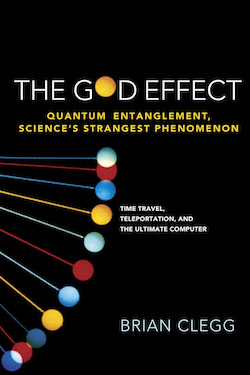
Quantum Entanglement and Quantum Teleportation
The God Effect - Brian Clegg
If you've ever wondered whether mankind might someday communicate across the vast distances between the stars, develop codes that cannot be broken, devise computers that would make finding a needle in a haystack trivial, or even learn to create teleportation, then the amazing science portrayed in The God Effect will astound and fascinate with its portrayal of a universe-our own-so strange that imagination can scarcely suffice to grasp it.
What is entanglement? It's a connection between quantum particles, the building blocks of the universe. Once two particles are entangled, a change to one of them is reflected --instantly--in the other, be they in the same lab or light-years apart. So counter-intuitive is this phenomenon and its implications that Einstein himself called it "spooky" and thought that this unbelievable concept would lead to the downfall of quantum theory. Yet scientists have since discovered that quantum entanglement, the God Effect, was one of Einstein's few-and perhaps one of his greatest-mistakes.
Already entanglement is being used in encryption, quantum computing and quantum teleportation. Some scientists have even speculated it might be responsible for telepathy, the existence of life, or the nature of matter itself. The story of how entanglement was conceived as a counter to quantum theory, proved to exist and is now finding more and more dramatic applications is enthralling and fascinating. It's nothing less than the next big thing.
Hear Brian discussing quantum entanglement for unbreakable encryption on BBC Radio 4 Today:
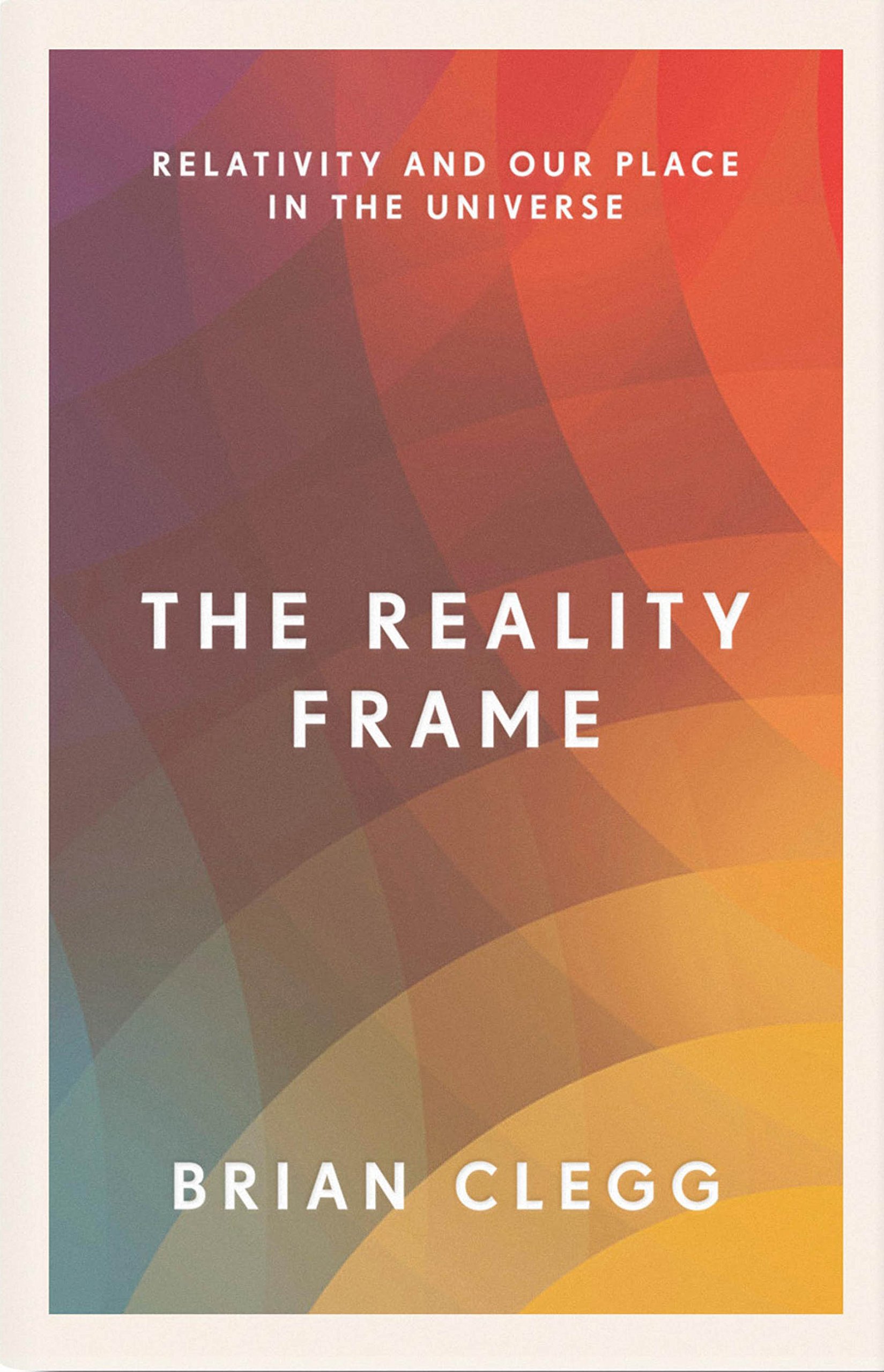
Relativity
The Reality Frame - Brian Clegg
Weaving together the great ideas of science, The Reality Frame takes us on a thrilling journey from empty space all the way to the human mind.
In his most wide-ranging book, Brian Clegg builds up reality piece by piece, from space, to time, to matter, movement, the fundamental forces, life, and the massive transformation that life itself has wrought on the natural world. He reveals that underlying it all is not, as we might believe, a system of immovable absolutes, but the ever-shifting, amorphous world of relativity.
From religion to philosophy, humanity has traditionally sought out absolutes to explain the world around us, but as science has developed, relativity has swept away many of these certainties, leaving only a handful of unchangeable essentials – such as absolute zero, nothingness, light – leading to better science and a new understanding of the essence of being human.
This is an Ascent of Man for the 21st century, the gripping story of modern science that will fill you with wonder and give you a new insight into our place in the universe.
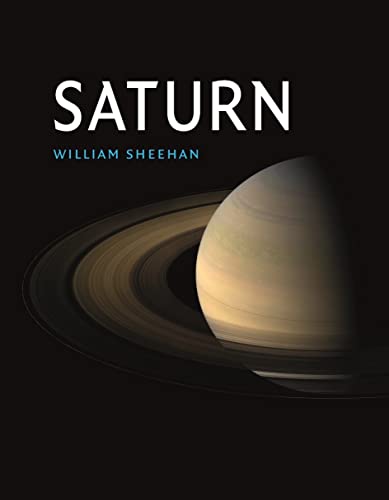
Saturn
Saturn - William Sheehan
Saturn is the showcase of the Solar System. It may not be the largest of the planets, nor the smallest, nor even the only planet with rings. But it is among the most stunningly beautiful objects in the sky, and is always breathtaking when seen in a telescope.
This is a beautifully illustrated, authoritative overview of the entire history of humankind’s fascination with the ringed planet, from the first low-resolution views of Galileo, Huygens and other early observers with telescopes to the most recent discoveries by the spacecraft Cassini, which studied the planet at close range between 2004 and 2017. The book describes the planet from inside out, details the complicated system of rings and their interaction with Saturn’s bevy of satellites, and considers how Saturn formed and the role it played in the early history of the Solar System. Featuring the latest research and a spectacular array of images, it will appeal to the wide audience for astronomy and popular science.